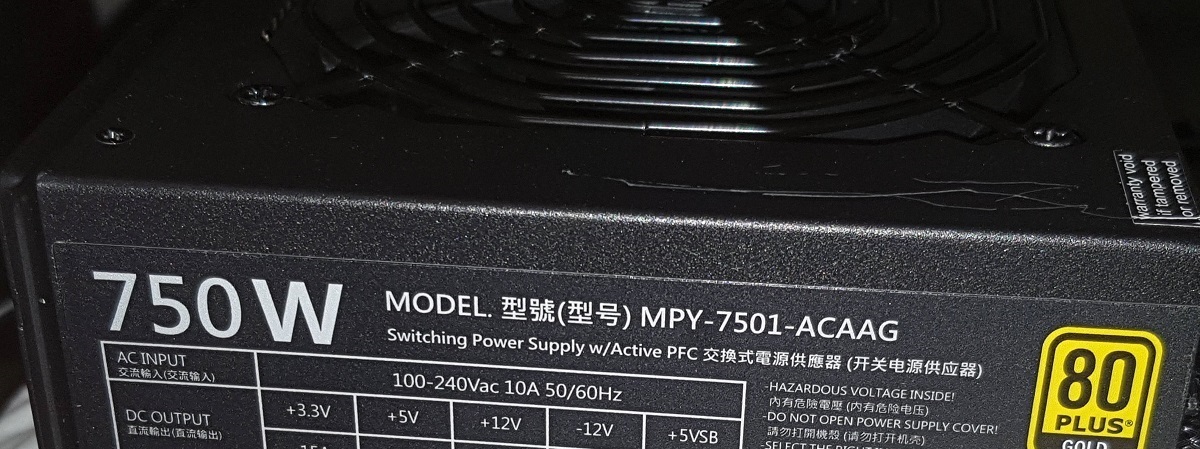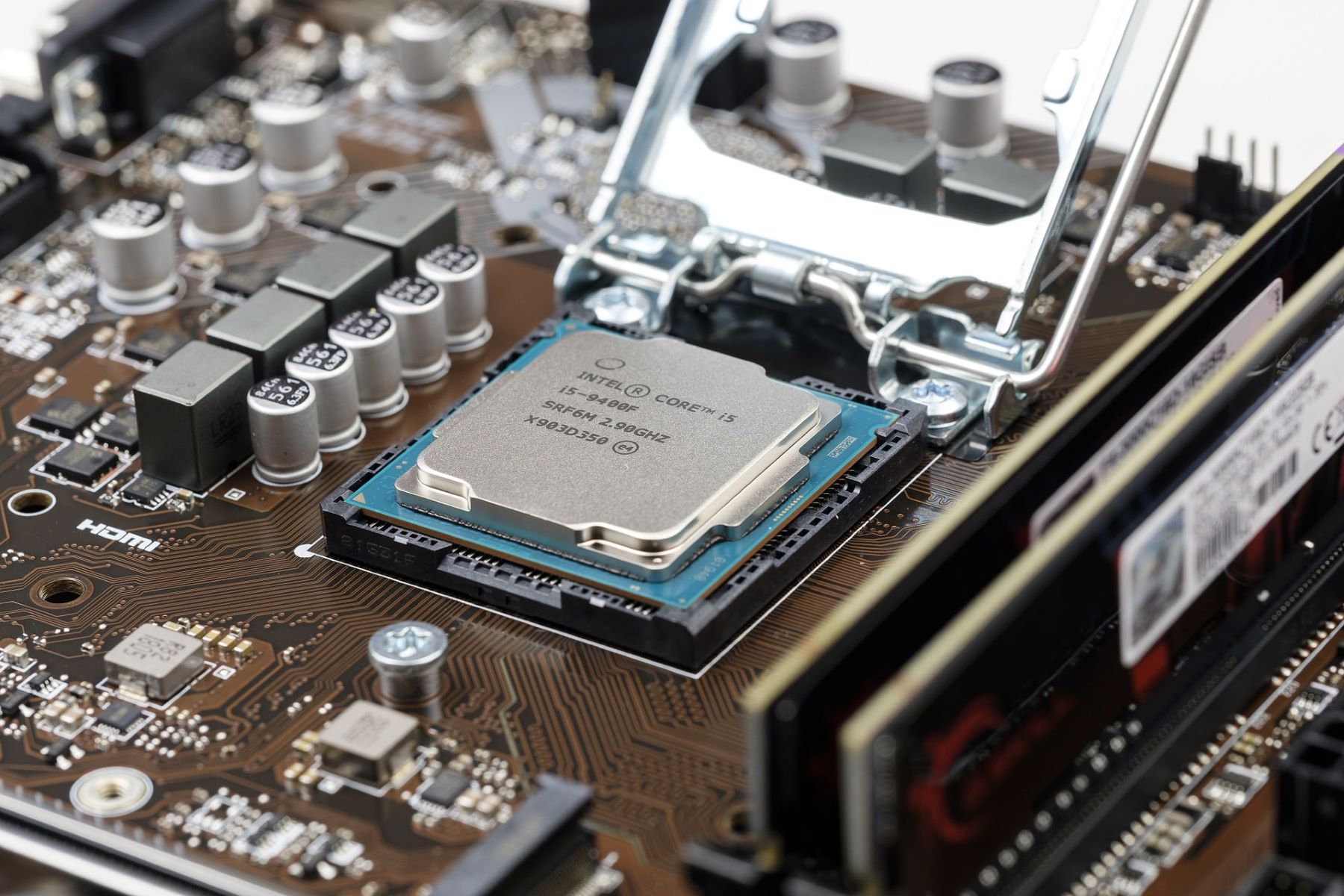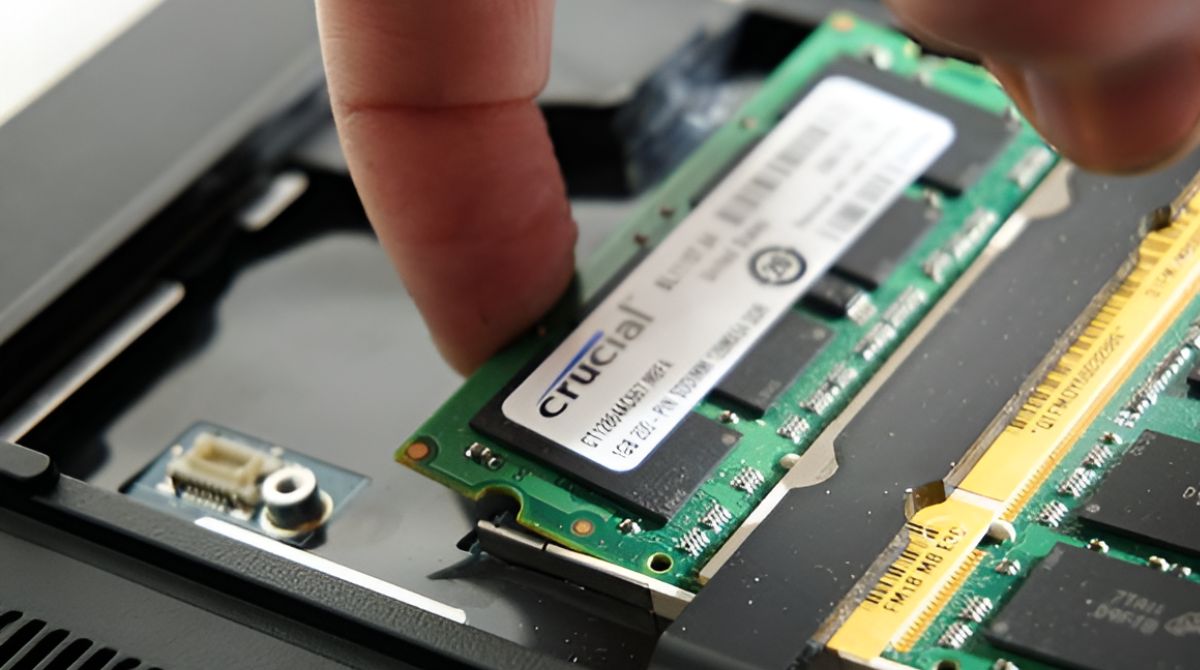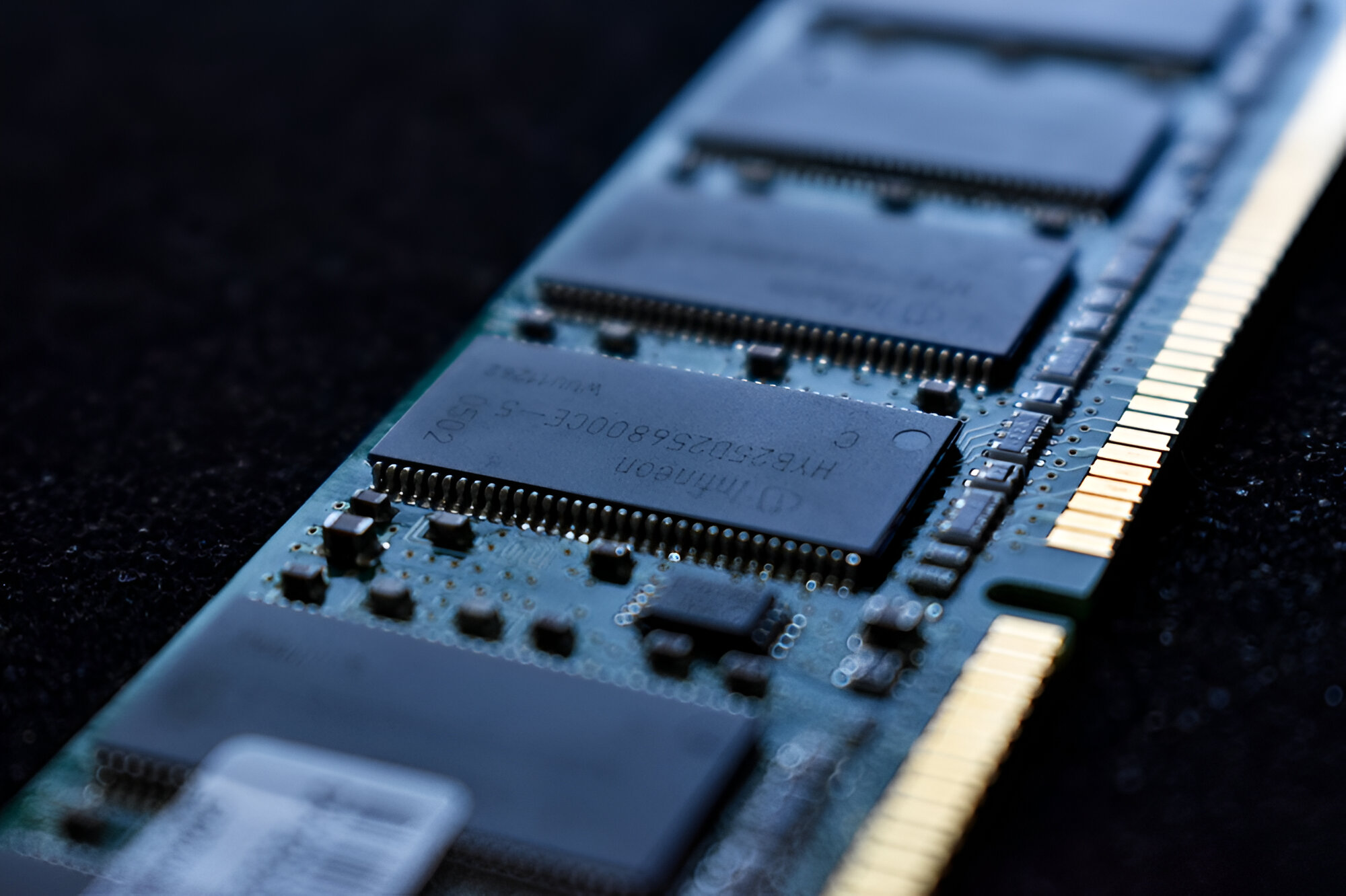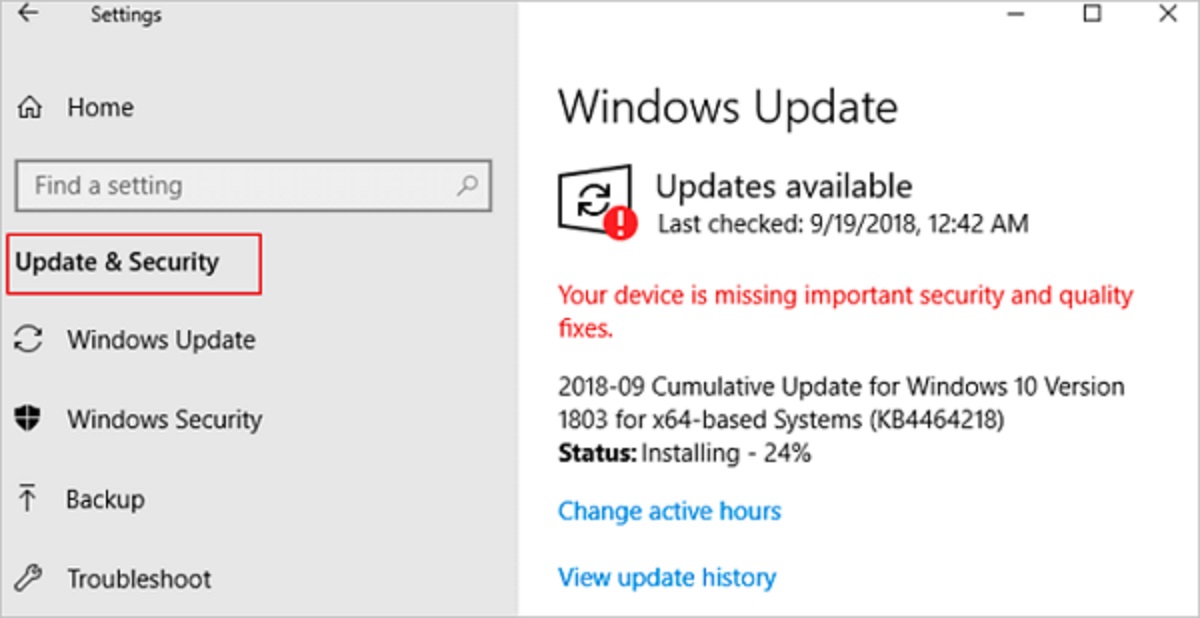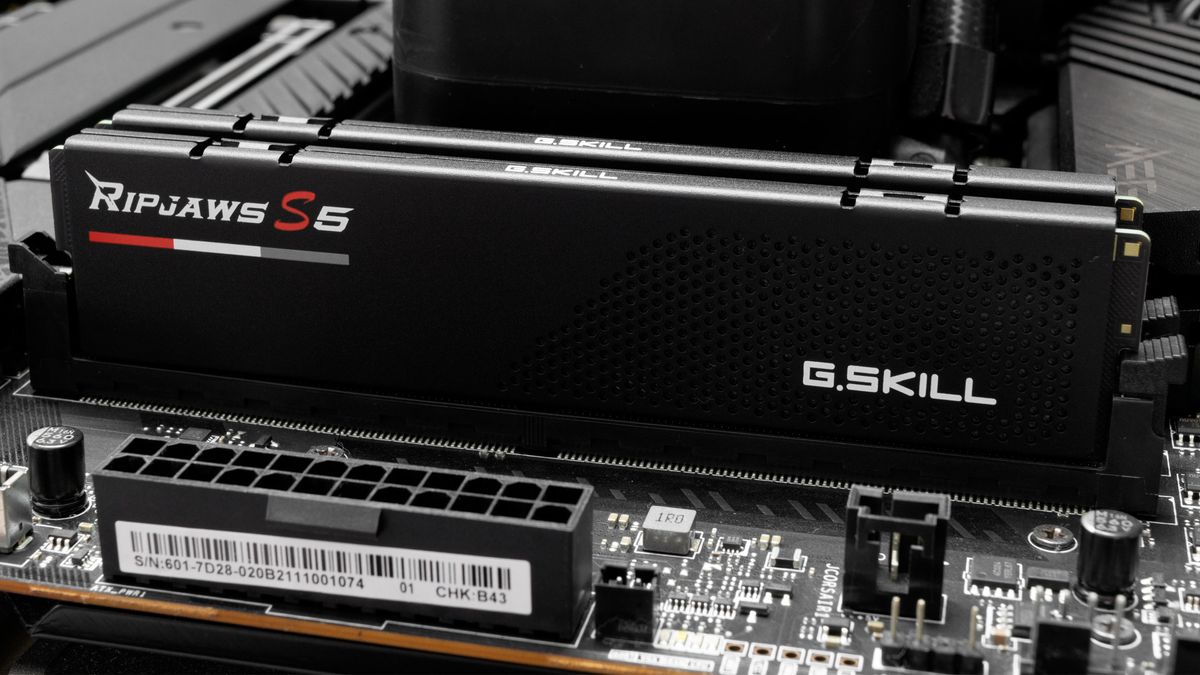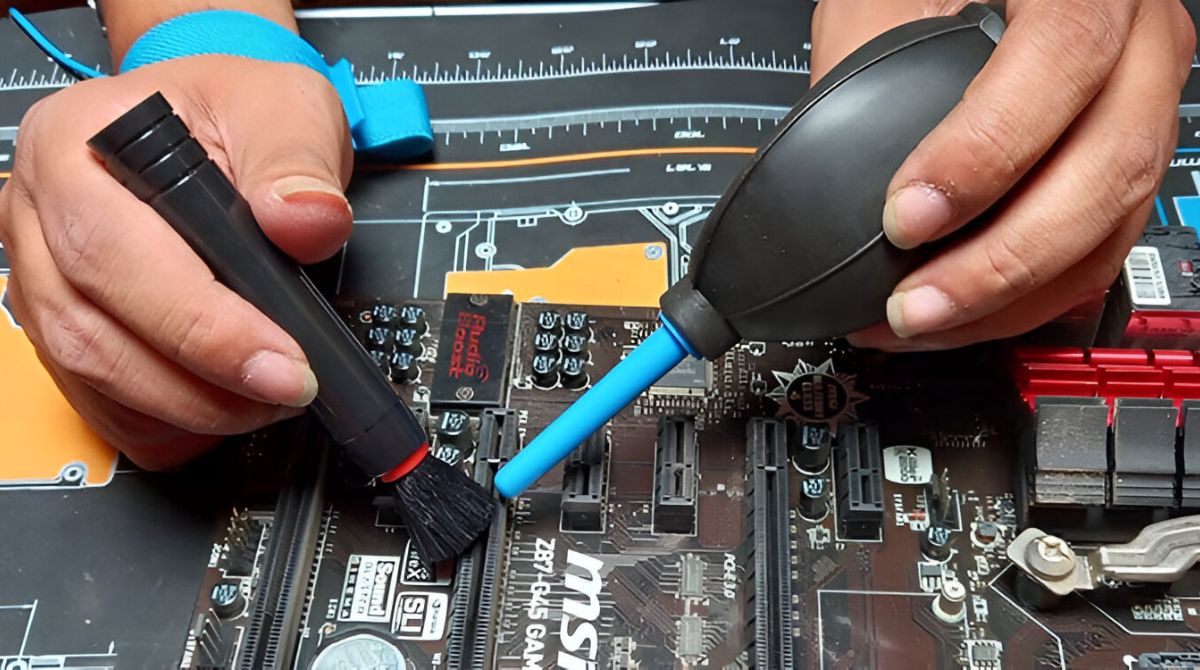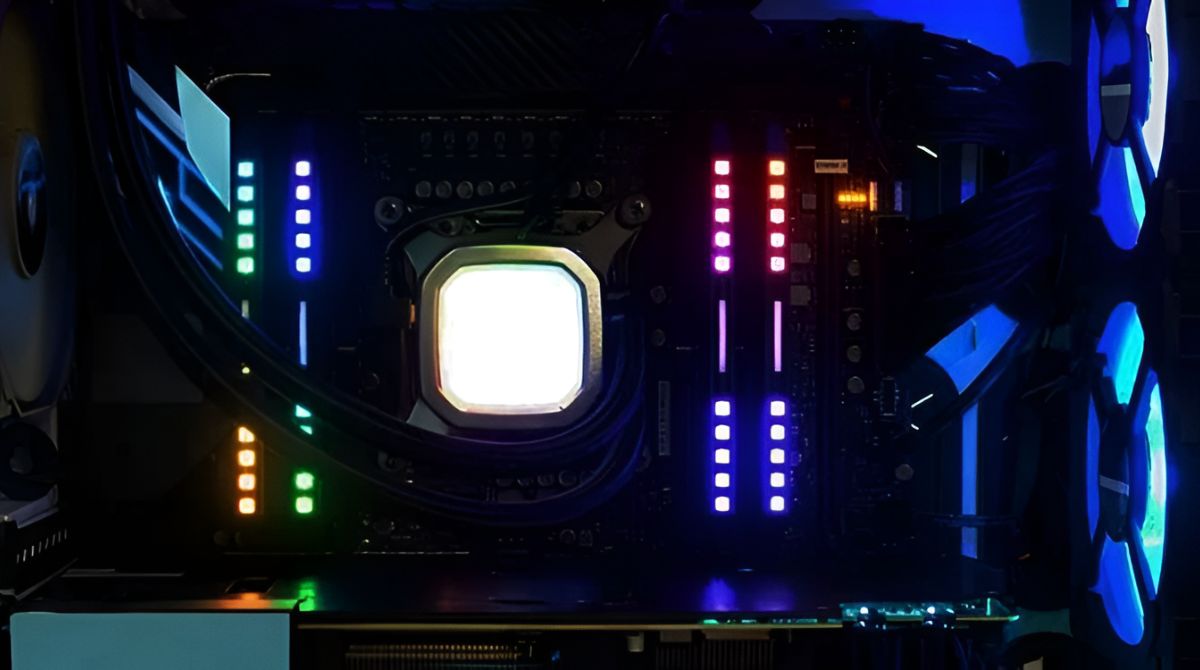Introduction
RAM, or Random Access Memory, is an integral component of a computer system that plays a vital role in its performance and functionality. It acts as a temporary storage space where data is stored and quickly accessed by the computer’s processor. Without a properly functioning RAM, a computer may experience slow performance, crashes, and various errors.
Understanding the causes of RAM failure can help computer users diagnose and prevent issues, ensuring their system runs smoothly and efficiently. In this article, we will explore some common factors that can lead to RAM failure and how they can affect your computer’s performance.
While RAM is known for its reliability, it is not immune to certain issues that can eventually lead to failure. From overheating to physical damage, a variety of factors can contribute to RAM failure, often resulting in system instability and decreased performance.
By learning about these potential causes, you can take steps to prevent or address them, prolonging the lifespan of your RAM and ensuring optimal performance of your computer system. So, let’s delve into the different factors that can cause RAM to fail and how they impact your computer’s overall performance.
Section 1: Overheating
One of the most common causes of RAM failure is overheating. RAM modules generate heat as they process and store data. When the temperature of the RAM exceeds its optimal operating range, it can lead to various issues, including data corruption and system instability.
Heat can build up within a computer system due to inadequate cooling or poor airflow. Dust accumulation on cooling components, such as fans and heat sinks, can also hinder proper heat dissipation, further exacerbating the issue.
When RAM overheats, it can result in frequent crashes, system freezes, and unexpected reboots. These symptoms often indicate that the RAM is struggling to function efficiently under the elevated temperatures.
To prevent RAM overheating, it is essential to ensure proper cooling in your computer system. Regularly clean out dust from cooling components and ensure that fans are working optimally. Consider adding additional cooling solutions, such as case fans or liquid cooling systems, to maintain lower temperatures within the system.
Furthermore, avoid overclocking your RAM beyond its recommended specifications. Overclocking, which involves running RAM at higher speeds than specified by the manufacturer, increases the heat generated and puts extra strain on the modules.
By addressing overheating issues, you can significantly reduce the risk of RAM failure and promote the long-term stability and performance of your computer system.
Section 2: Power Surges
Power surges can cause severe damage to computer components, including RAM. A power surge occurs when there is a sudden and significant increase in electrical voltage. This surge can happen due to lightning strikes, power outages, or faulty electrical wiring.
When a power surge occurs, the excess electrical voltage can overload and damage the delicate electronic components of your computer system, including RAM modules. Even a small surge can disrupt the normal functioning of the RAM and lead to data corruption or complete failure.
In addition to damaging the RAM itself, power surges can also cause data loss on the hard drive or other storage devices, leading to system crashes and instability.
To protect your computer system from power surges, consider using a surge protector or an uninterruptible power supply (UPS). Surge protectors act as a barrier, absorbing and diverting excess electrical voltage away from your computer. UPS devices provide both surge protection and battery backup, allowing your system to continue running during power outages.
It’s also important to check and ensure that your computer is properly grounded to minimize the risk of power surges. Incorrect grounding can increase the likelihood of electrical fluctuations reaching your computer system.
By taking precautions against power surges, you can safeguard the integrity of your RAM and other vital computer components, reducing the risk of sudden failure and data loss.
Section 3: Incompatible Hardware or Software
Incompatible hardware or software can also contribute to RAM failure and system instability. When your computer system is not properly configured to support certain hardware components or running incompatible software, it can put a strain on the RAM and lead to issues.
Hardware incompatibility can arise when you add new components to your system, such as RAM modules, that are not compatible with your motherboard or other existing hardware. Incompatible hardware can cause conflicts and result in RAM failure or system crashes.
Similarly, running incompatible software, such as outdated or incompatible device drivers, can also cause RAM to fail. Faulty drivers can cause memory leaks, where processes and applications continuously consume more memory, leading to a depletion of available RAM and eventual system instability.
To prevent compatibility issues, it’s important to ensure that any hardware additions are compatible with your existing system. Check the specifications of your motherboard and other hardware components to verify compatibility before making any upgrades.
Regularly updating your software, including device drivers and operating system, can also help prevent compatibility issues. Software updates often include bug fixes and performance improvements, addressing any known compatibility issues with your hardware.
Furthermore, it’s advisable to research and thoroughly test any new software before installing it on your system. Look for user reviews and ensure that the software is suitable for your specific operating system and hardware configuration.
By ensuring compatibility between hardware components and utilizing compatible software, you can minimize the risk of RAM failure and maintain a stable and efficient computer system.
Section 4: Physical Damage
Physical damage to RAM modules can cause them to fail or become unreliable. Accidental drops, improper handling, or even static electricity discharge can damage the delicate electronic components within the RAM.
If the physical contacts on the RAM modules get bent or damaged, it can hinder the proper connection between the RAM and the motherboard, leading to issues with data transfer and system stability.
Excessive force while inserting or removing RAM modules can also cause damage. It’s crucial to follow proper installation procedures and handle the RAM modules with care to avoid bending or breaking delicate components.
Static electricity is another common culprit for physical damage to RAM. When handling RAM or any computer component, it’s important to ground yourself properly and avoid direct contact with sensitive areas.
Protecting your RAM from physical damage involves handling it properly and ensuring a safe and stable environment for your computer. Avoid moving your computer system frequently or subjecting it to rough treatment.
If you suspect physical damage to your RAM, it’s advisable to inspect the modules and contacts for any visible signs of damage, such as bent pins or cracks. If necessary, consider replacing the damaged RAM module to restore functionality and stability to your system.
By taking precautions to prevent physical damage and handling your RAM modules with care, you can minimize the risk of failure and ensure the longevity of your computer’s memory.
Section 5: Bit Rot
Bit rot, also known as data degradation, refers to the gradual decay or corruption of data stored in RAM or other storage mediums over time. Although RAM is designed to retain data temporarily, it can still be susceptible to bit rot.
Bit rot can be caused by various factors, including cosmic rays, electromagnetic interference, and even random electrical fluctuations. These factors can introduce errors in the stored data, leading to data corruption and potentially impacting the performance and reliability of your computer system.
The degree of bit rot experienced by RAM can vary depending on several factors, such as the quality of manufacturing, environmental conditions, and usage patterns. While modern RAM modules incorporate error correction mechanisms, they are not immune to these issues.
To mitigate the effects of bit rot on RAM, it is recommended to perform regular data integrity checks and memory tests. These tests can help identify and isolate any problematic sectors in the RAM, allowing you to take appropriate actions to prevent further data corruption.
Additionally, keeping your computer system in a controlled environment can reduce the likelihood of external factors causing bit rot. Ensure adequate protection against electromagnetic interference and maintain stable power supply to minimize the risk of data corruption in RAM and other components.
Regular backups of important data can also serve as a safeguard against bit rot. By creating multiple copies of crucial files, you can mitigate the potential loss of data due to data degradation in RAM or other storage mediums.
While bit rot is an inherent risk in data storage systems, taking preventive measures and regularly monitoring your RAM can help minimize its impact and ensure the long-term reliability of your computer system.
Section 6: Manufacturing Defects
In rare cases, RAM modules can have manufacturing defects that can result in failure or instability. These defects may include faulty components, poor soldering, or inadequate quality control during the manufacturing process.
Manufacturing defects can manifest in various ways, such as RAM modules not being recognized by the system, frequent system crashes, or random errors during data access. These issues can be frustrating and significantly impact the performance and reliability of your computer.
If you experience persistent problems with your RAM and have ruled out other potential causes, it’s possible that your RAM module has a manufacturing defect. In such cases, you may consider reaching out to the manufacturer for support or, if applicable, to initiate the return or warranty process.
It’s worth noting that manufacturing defects are relatively rare, especially with reputable brands and manufacturers. However, it’s not entirely unheard of, and it’s always a possibility when dealing with electronic components.
When purchasing RAM modules, it’s advisable to choose well-known brands with reliable reputations. Reading user reviews and checking for any product recalls or known issues can help minimize the chances of encountering RAM modules with manufacturing defects.
While manufacturing defects are beyond the control of the end-user, prompt action and following the appropriate warranty or return procedures can help resolve any issues related to defective RAM modules and restore the proper functioning of your computer system.
Section 7: Age and Wear
Over time, as your computer system and RAM modules age, they may experience wear and degradation, which can lead to reduced performance and potential failure. While RAM is not susceptible to physical wear like mechanical components, it can still be affected by aging factors.
As RAM modules age, they can accumulate minor electron leakage or develop small defects in the circuitry. These issues can result in intermittent errors, data corruption, or instability. The overall capacity and speed of aging RAM may also decrease, impacting the overall performance of your computer system.
Additionally, as technology advances, newer software and applications may require more RAM to run efficiently. If your computer system is running on outdated or limited RAM, it may struggle to keep up with the demands of modern software, leading to performance issues.
Regular usage and continuous power cycles can also contribute to wear on RAM modules. The constant reading and writing of data can gradually degrade the quality of the memory cells, increasing the likelihood of errors and failures.
While it’s difficult to predict an exact lifespan for RAM modules, they are generally designed to have a relatively long lifespan. However, it’s important to keep in mind that the performance and reliability of RAM can decline over time.
To mitigate the effects of age and wear on your RAM, it is recommended to regularly clean your computer system, including the RAM modules, to remove dust and ensure proper airflow. Updating your software regularly and considering RAM upgrades as needed can also help improve performance and efficiency as your system ages.
Ultimately, understanding the aging process of RAM and its impact on system performance can help you anticipate potential issues and make informed decisions when it comes to maintaining or upgrading your computer’s memory.
Section 8: Testing RAM for Failure
Testing your RAM for failure is crucial in diagnosing and addressing issues with your computer system. Fortunately, there are several methods and tools available to help you determine if your RAM is functioning properly or if it requires any attention.
One common approach to testing RAM is to use built-in diagnostic tools provided by the operating system or the computer’s manufacturer. These tools can perform comprehensive tests to detect any errors or faults in the RAM modules. They can help identify issues such as faulty memory addresses, data corruption, or inconsistencies in RAM performance.
Alternatively, you can also use third-party software specifically designed for RAM testing. These tools often provide more advanced testing options and can be more thorough in identifying potential issues. Some popular RAM testing software includes Memtest86, Windows Memory Diagnostic, and PassMark MemTest.
When testing RAM, it’s important to ensure that the computer system is stable and running at normal operating conditions. Close any unnecessary applications and perform the tests when the system is not under heavy load to get accurate results.
Depending on the size of your RAM and the testing method used, the testing process can take some time. It’s essential to be patient and allow the tests to complete to obtain accurate and reliable results.
If the tests reveal any errors or issues with your RAM, it’s recommended to address them promptly. Depending on the severity of the problem, you may need to replace the faulty RAM module or seek assistance from a professional technician.
Regularly testing your RAM can help detect potential issues before they cause significant problems. By identifying any failing or problematic RAM modules early on, you can take appropriate actions to prevent system crashes, data loss, and other stability-related issues.
Remember, while testing RAM can provide valuable insights into its health and performance, it is just one aspect of overall system diagnostics. If you continue to experience issues even after testing and addressing any RAM-related problems, it may be necessary to investigate other components or software factors that could be causing the issues.
Conclusion
RAM failure can greatly impact the performance, stability, and reliability of your computer system. Understanding the various causes of RAM failure can help you take proactive measures to prevent issues and ensure optimal performance.
In this article, we explored common factors that can lead to RAM failure, including overheating, power surges, incompatible hardware or software, physical damage, bit rot, manufacturing defects, age and wear, and how to test RAM for failure.
By addressing these factors, such as ensuring proper cooling, protecting against power surges, using compatible hardware and software, handling RAM carefully, and monitoring its health, you can reduce the risk of RAM failure and extend its lifespan.
Regularly testing your RAM for errors and addressing any issues in a timely manner can also help maintain a stable and efficient computer system.
Remember, if you continue to experience persistent issues even after taking preventive measures and addressing any RAM-related problems, it is advisable to seek further diagnosis and assistance from qualified professionals to identify and address any underlying issues.
By staying proactive and vigilant in maintaining your RAM and overall computer system, you can ensure a smooth and reliable computing experience.









